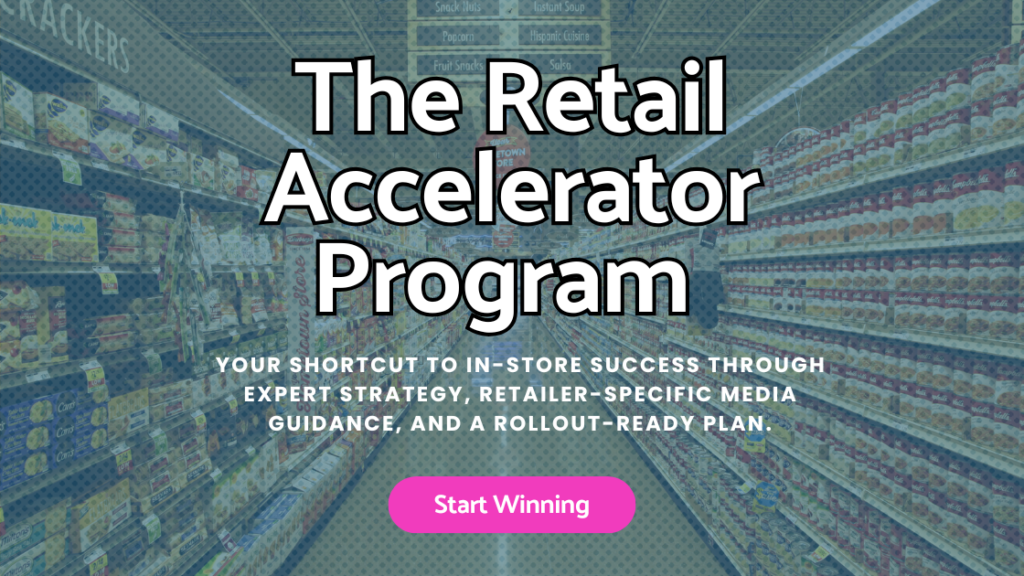Create a buyer persona to reflect your true consumer – it is essential to your marketing efforts.
Buyer personas are similar to an outline or blueprint of your consumer; yet, rather than simply identifying them via demographics, they take a deeper dive into understanding these individuals through their behaviors, interests and motivations.
Oftentimes, there’s an astounding difference between the ideal consumer you picture in your mind and the person actually interacting with your content and buying your product. That’s when a detailed buyer persona comes in handy! Even though it’s a representation of your consumer, the focus isn’t necessarily on the quantity of details you list about them (although that’s still helpful), but on how well-rounded that portrayal of them is. Referring to the buyer persona as your guide, you’ll learn how to achieve real results by adjusting your messaging and targeting more qualified leads for your business.
Where’s the best place to start if you’ve never created a buyer persona before? According to HubSpot, there are two helpful ways to collect information: real data and market research. Let’s jump right in.
Resources to Create a Buyer Persona
1. Real Data
Analytics tools, such as Google Analytics, compile demographic and geographic information for you based on your followers and site visitors, putting you that much closer to identifying your audience. However, primary research is research that you can collect yourself on your existing (or potential) audience to get to know their shopping preferences and buying behavior. These are the kind of insights you should focus on as you develop a buyer persona.
Depending on the size and scope of your audience, you could conduct email surveys, social media polls or even do your own digging into the social profiles of your followers. If you think we’re talking about stalking your followers on social media, you’re not necessarily wrong! But with honest intentions, this kind of digging gives you great organic insight into what else interests your consumers. It can even help as you’re discovering your brand voice; different audiences don’t all connect with the same tone or messaging.
Uncovering organic insights about your audience is great for determining what platforms they prefer to use, what their sense of humor is or how often they even interact with brands on social media. As we develop social content for brands such as Country Bob’s and Grace’s Best Cookies, we’ve discovered that these insights can vary, especially when it comes to voice and approach. From our experiences with these brands, we’ve found that those backyard BBQ enthusiasts are much more responsive to Facebook polls, recipes and confident tones due to the loyal lifestyle that’s been built up around grilling – it’s considered to be a sport or hobby for many. Fans of Grace’s Best Cookies, on the other hand, enjoy friendly, conversational tones and posts featuring activities or children.
2. Market Research
When primary research gets to be time-consuming or not especially cost-effective, secondary research is a great alternative. Secondary research has technically already been completed by another source; it’s simply data you’re drawing conclusions from.
When consulting secondary research for a potential buyer persona, start with the nation’s leading research centers that have conducted profound studies for all kinds of industries.
Nielsen considers it their passion to understand the importance of knowing what consumers watch and buy. Each year, they release numerous reports on consumer shopping habits, industry trends, media consumption and more. It’s like a gold mine of insightful information at your fingertips. The Pew Center for Research is similar, but goes one step further to divide up categories into politics, news, religion, and internet and so on.
At this point, you might have a boatload of useful data that can be tricky to organize. Other helpful resources like this free template from HubSpot, automatically plug in the information you provide into one simple format where each category is easy to identify.
The Benefit
Using a buyer persona to attract consumers is like fishing with a pole instead of casting a wide net. Quality over quantity matters. With the insights at your disposal, you catch more qualified leads and don’t have to throw anything back. Knowing who your true consumers are, based in-part on the buyer persona you create, affects everything about your business: your social media standing and level of engagement with content online, as well as how you acquire qualified leads and drive sales.
A buyer persona gives you an understanding of your consumer’s needs and wants in a way that still allows you to be creative in your messaging and marketing efforts.














